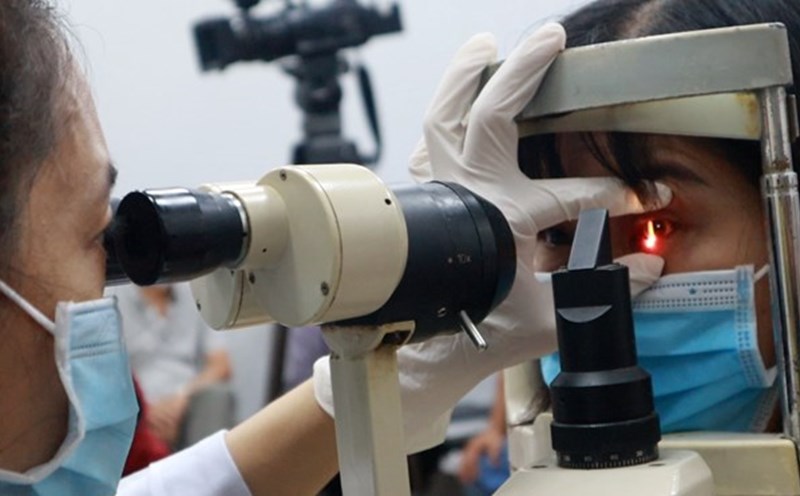Causes of headaches due to tight hairnotes
When hair is too stretched, the nerves on the scalp, which are very sensitive, are constantly stimulated, causing pain signals to the brain, says Dr Vidushi Jain, Head of Dermalinks, India. This condition can persist if you hold your hairstyle for long periods of time, leading to increased headaches.
Some factors that increase the risk of headaches when tying hair:
Scalp and muscle tension around hair follicles: Prolonged pressure causes these muscles to contract, creating a painful feeling.
Hair weight: People with long, thick hair will be under greater pressure from hair weight.
Styling time: The longer the hair is carried, the more stimulated the scalp becomes and the more likely it is to feel pain.
Personal sensitivity: Some people with sensitive scalps or scalp nerves react more strongly.
Signs that you are tying your hair too tight
Feeling of a ringy or aching pain around the hair roots, especially at the hair position.
The pain can spread to the tops of the head, forehead, temple or neck area.
The pain increases when you touch your hair or move your head.
The scalp can become red, even with small nodules due to irritation.
After removing your hair, you may feel a heavier or slight smolder head pain, lasting for a while before calming down.
Potential risks of frequently tying hair tight
The habit of tying hair too tight not only causes discomfort but also poses many potential risks to the health of the scalp and hair:
pull-ups: Hair follicles are damaged by repetitive pull-ups, leading to patch-on hair loss.
Scalp damage: Scalp thinning, easily inflamed or irritated.
Neurological sensitivity: Scalp sensitivity can persist, causing discomfort when brushing or styling.
How to prevent headaches caused by tight hair
You can completely avoid headaches caused by tying your hair incorrectly with a few small but effective changes in your daily hair care routine, according to Onlymyhealth:
Relax hairstyle: Limit tying your hair too tight. Instead, choose a gentle tie, low ponytail or loose buttocks to reduce pressure on the scalp.
Avoid tying your hair continuously for hours or tying them back and forth in the same position every day, as this can easily damage hair follicles.
Use appropriate accessories: Priority is given to using soft hair rope, cotton or scrunchie fabric. These are lighter and put less pressure on hair and scalp.
Scalp massage: Spend a few minutes a night gently massaging with a carrier oil to increase blood circulation, reduce muscle tension and calm the nerves under the scalp.
Listen to your body: When you feel a headache, tension or discomfort in the scalp, release your hair immediately to relax and repair the scalp and hair.











